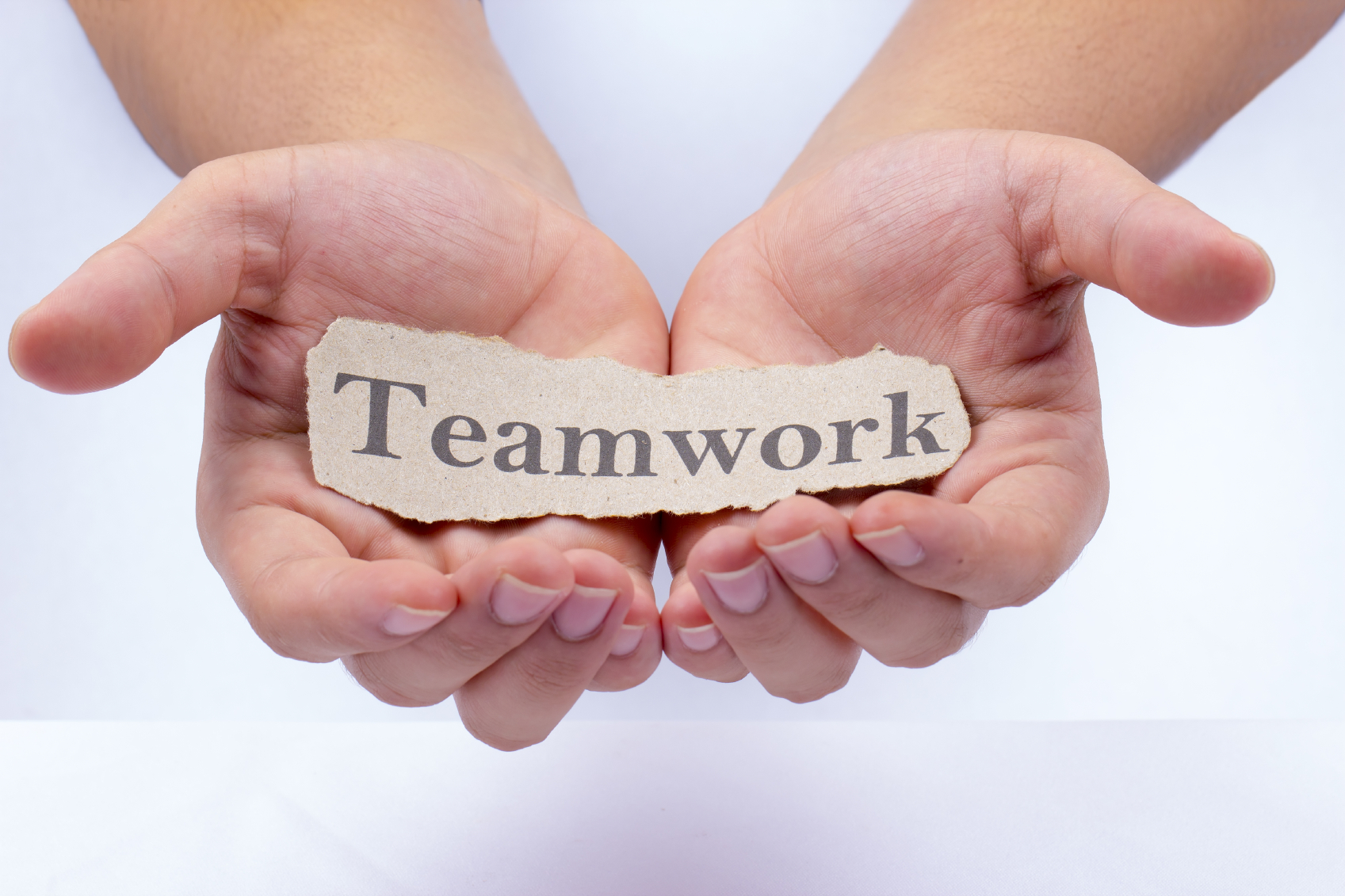The challenges facing government agencies on a regular basis are numerous and continual. Many of the impacts to performance originate from outside entities, such as policy, procedure and monetary requirements. Outside influences, while restrictive and stifling, are apparent and clear. There are tactics and modifications needed to address those issues.
A more noticeable effect for an agency stems from the strategic approach and actions it takes to accomplish its mission. How many of you work in an environment or department that takes a collaborative approach with a set of goals and actions to be successful? Or do you work in an organization that allows internal politics to guide or steer the plan to complete your mission?
It is a common theme in the stories about ineffectiveness in government that points to actions of poor leadership and policy execution. Seldom do we hear from government critics about the positive things public employees do on a daily basis. It is refreshing to see the recognition sponsored annually by the Partnership for Public Service, which recognizes outstanding federal worker performance through the Service to America Medals (aka “Sammies”). The common theme of the“Sammies” recipients seems to reflect the collaborative environment that is in place for those employees to be successful. How many of you have worked on a successful project team and what factors can be attributed to the positive results?
Unfortunately, the stories that create the most interest are those where the government has failed the public. Systemic failure or ineptness seems to prevail in those agency cultures where internal politics takes grip at many levels.
In determining where your agency stands, there are some key measures to assist you in identifying areas of strength or weakness. There are a cadre of effects in an organization to determine how your workplace rates in the handling of internal politics. How do you rate the morale of your department or organization? Morale is a driving force of the resultant success or failure of the mission. It is essential to eliminate those activities or behaviors that negatively impact morale.
Another test of a department’s environment is the retention success in keeping your best and brightest employees. The stability of the workforce contributes to the overall achievement of positively accomplishing its charge. Departments experiencing a mass exodus of talented employees must determine the reasons for it and solve it immediately. In many large organizations the mass movement of employees between internal departments contribute to the potential loss of competitive momentum in accomplishing its mission.
Does your organization suffer from constant conflict through establishing an environment of internal competition? Have you witnessed or experienced where projects were pitted against each other in obtaining resources to be successful? Those agencies mired in constant conflict are impacting the ability of the workforce to focus on quality and the customer. The diversion of resources to address constant conflict becomes an impediment to being a quality organization.
As addressed earlier, there are many wonderful models of success in the conduct of government service. I urge those of you who feel your department, work-group or agency have issues with morale, retention or internal competition to study what steps those honored with the “Sammies” did to be successful.
It is equally important to understand that a vast majority of the work done daily by those in government is completed correctly and without issue.
Darryl Perkinson is part of the GovLoop Featured Blogger program, where we feature blog posts by government voices from all across the country (and world!). To see more Featured Blogger posts, click here.





Leave a Reply
You must be logged in to post a comment.